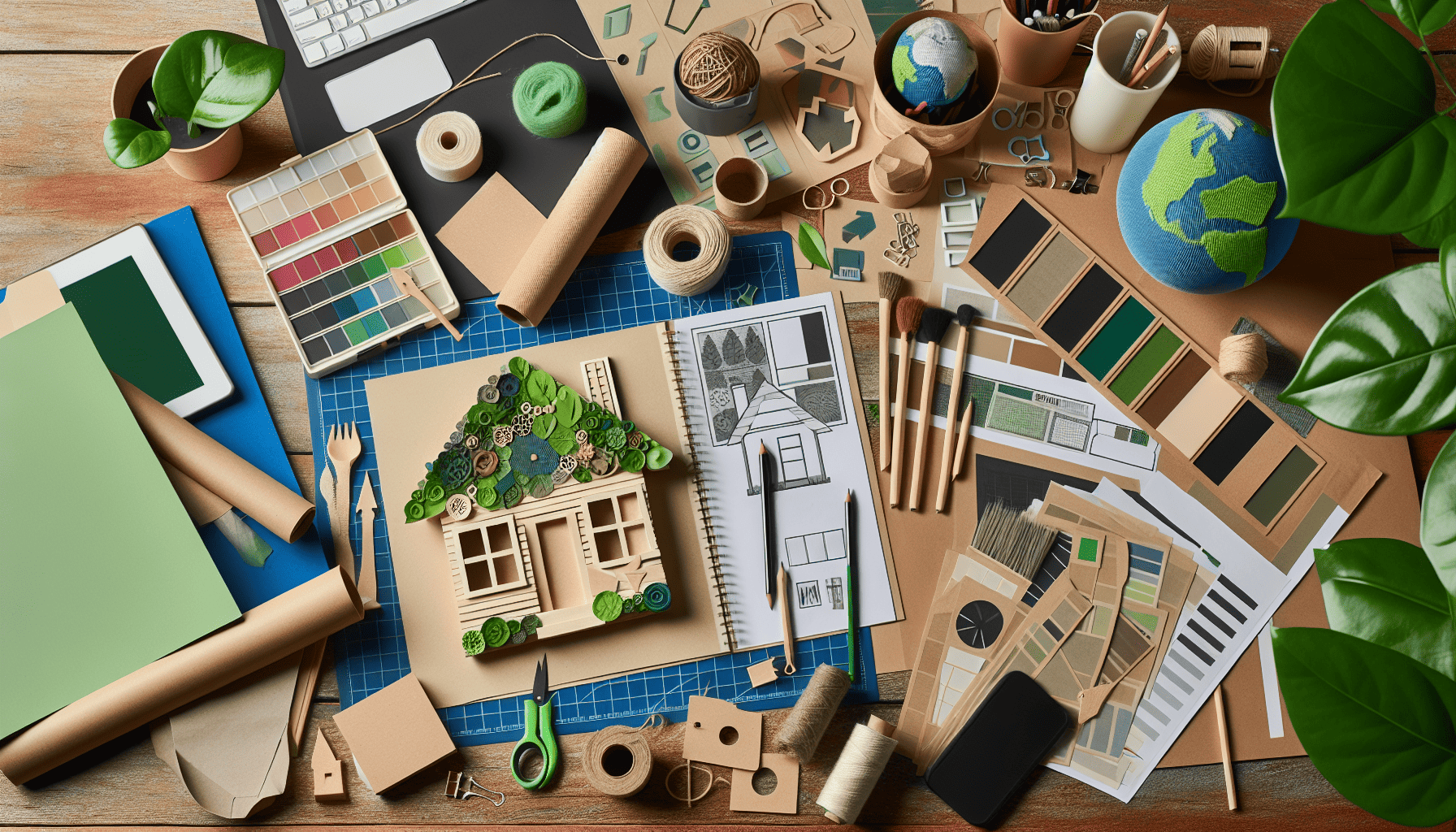In the ever-evolving landscape of graphic design, a new and crucial player is making its mark: sustainability. As awareness of environmental issues grows, graphic designers around the world are being called upon to incorporate eco-friendly practices into their work. This shift not only helps the planet but also adds a layer of meaningful depth to the design process. Let's explore how graphic designers can contribute to sustainability through mindful practices, including waste reduction and the use of sustainable materials and tools.
One of the fundamental ways designers can become more sustainable is by minimizing waste during the production process. Traditional design often involves multiple iterations, which can lead to significant waste generation. To counteract this, designers can embrace digital tools for preliminary designs and proofs. Utilizing software that allows for comprehensive previews and collaborative input can greatly reduce the need for physical prototypes, thereby reducing paper and ink usage.
When physical materials are unavoidable, opting for recycled or sustainably sourced paper is a crucial step. Certifications like FSC (Forest Stewardship Council) can guide designers in selecting paper that comes from responsibly managed forests. Additionally, considering the use of processed chlorine-free (PCF) paper can further minimize environmental impact, as it does not utilize harmful chlorine compounds during production.
Beyond paper, there are numerous sustainable materials that designers can integrate into their workflow. For instance, vegetable-based and soy-based inks offer an eco-friendly alternative to traditional petroleum-based inks. These inks are not only biodegradable but also tend to produce more vibrant colors, benefiting both the environment and the final aesthetic quality.
It's not just about materials—tools themselves can embody sustainable practices. Designers can harness the power of technology to meet sustainability goals. For instance, energy-efficient machines and cutting-edge software can drastically reduce electricity consumption. In addition, cloud-based solutions and digital storage reduce the need for physical paperwork and facilitate remote working, which can cut down transportation emissions related to daily commuting.
Another key practice is lifecycle thinking, which involves considering the entire lifecycle of a product from design to disposal. Designers should aim to create products that are not only beautiful and functional but also have minimal environmental impact at every stage. For example, designing with disassembly in mind can ensure that each component of a product can be reused or recycled at the end of its life.
Furthermore, embracing design for longevity rather than the short-lived trendy appeal can also support sustainable efforts. By creating timeless designs, graphic designers can discourage the throwaway culture and encourage consumers to cherish and retain their products for a longer time.
Collaboration and community engagement are also crucial aspects of sustainable design. By working closely with clients and partners who prioritize sustainability, designers can contribute to a larger ecosystem of eco-conscious practices. Attending workshops, joining sustainable design communities, and sharing knowledge can foster innovative solutions and inspire others to adopt greener approaches.
Ultimately, sustainability in graphic design is about viewing every choice through an eco-friendly lens. Whether it’s choosing recycled materials, leveraging digital tools to cut waste, or designing with the full lifecycle in mind, each decision counts. By embracing sustainable design practices, graphic designers are not only helping protect our planet but also setting new industry standards that emphasize responsibility, creativity, and innovation. As the movement gains momentum, it's clear that the future of graphic design is not just visually compelling but also environmentally conscious.
